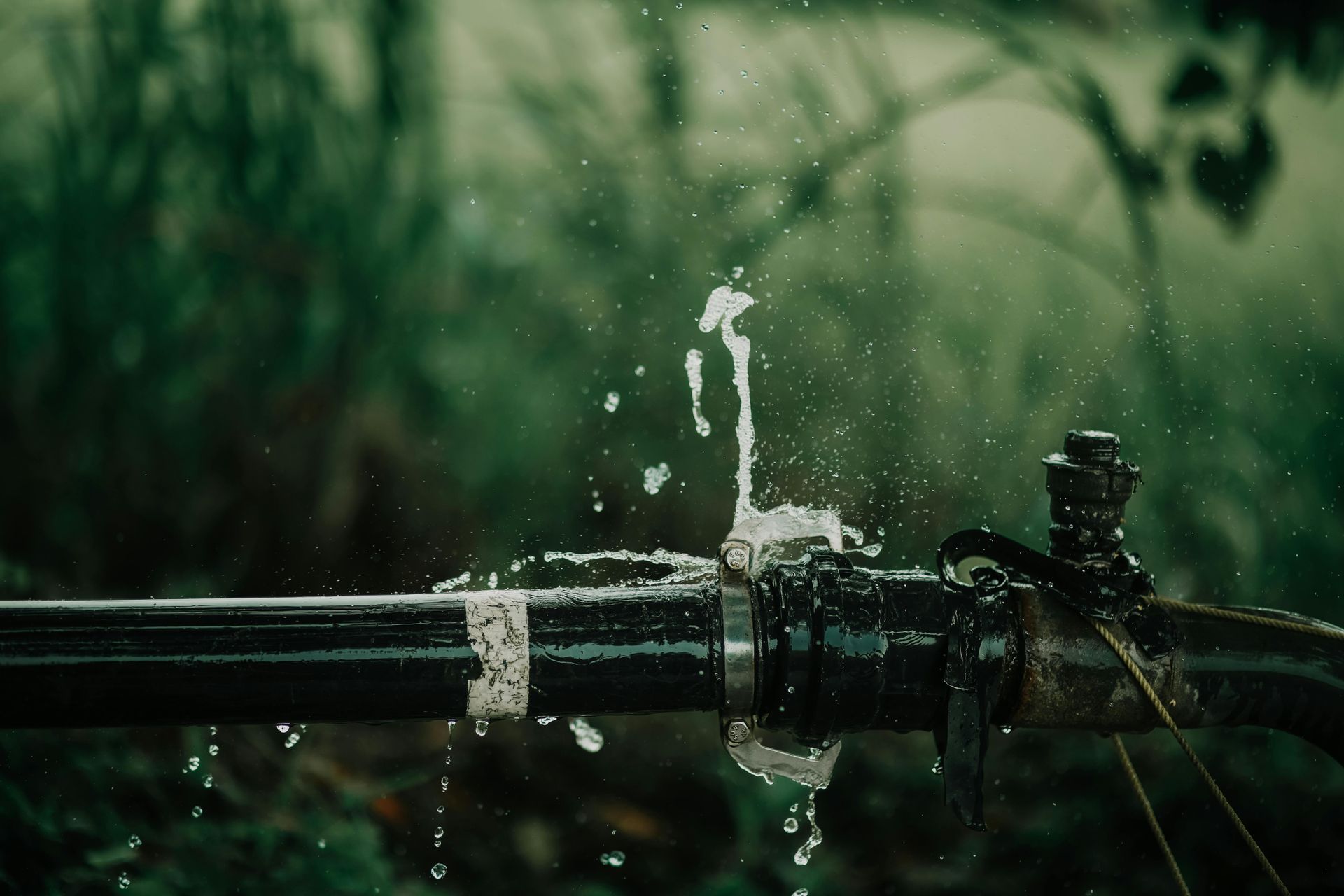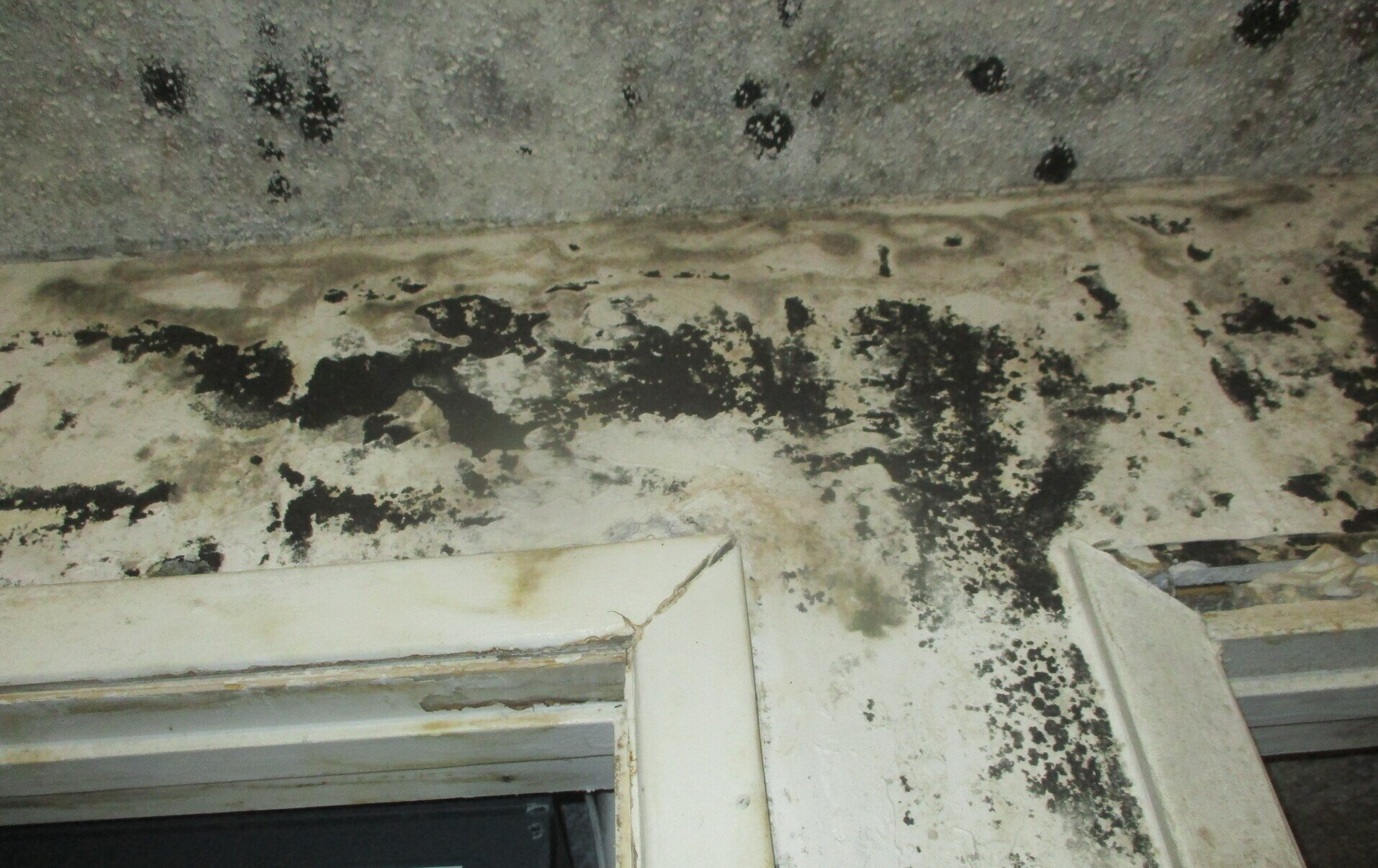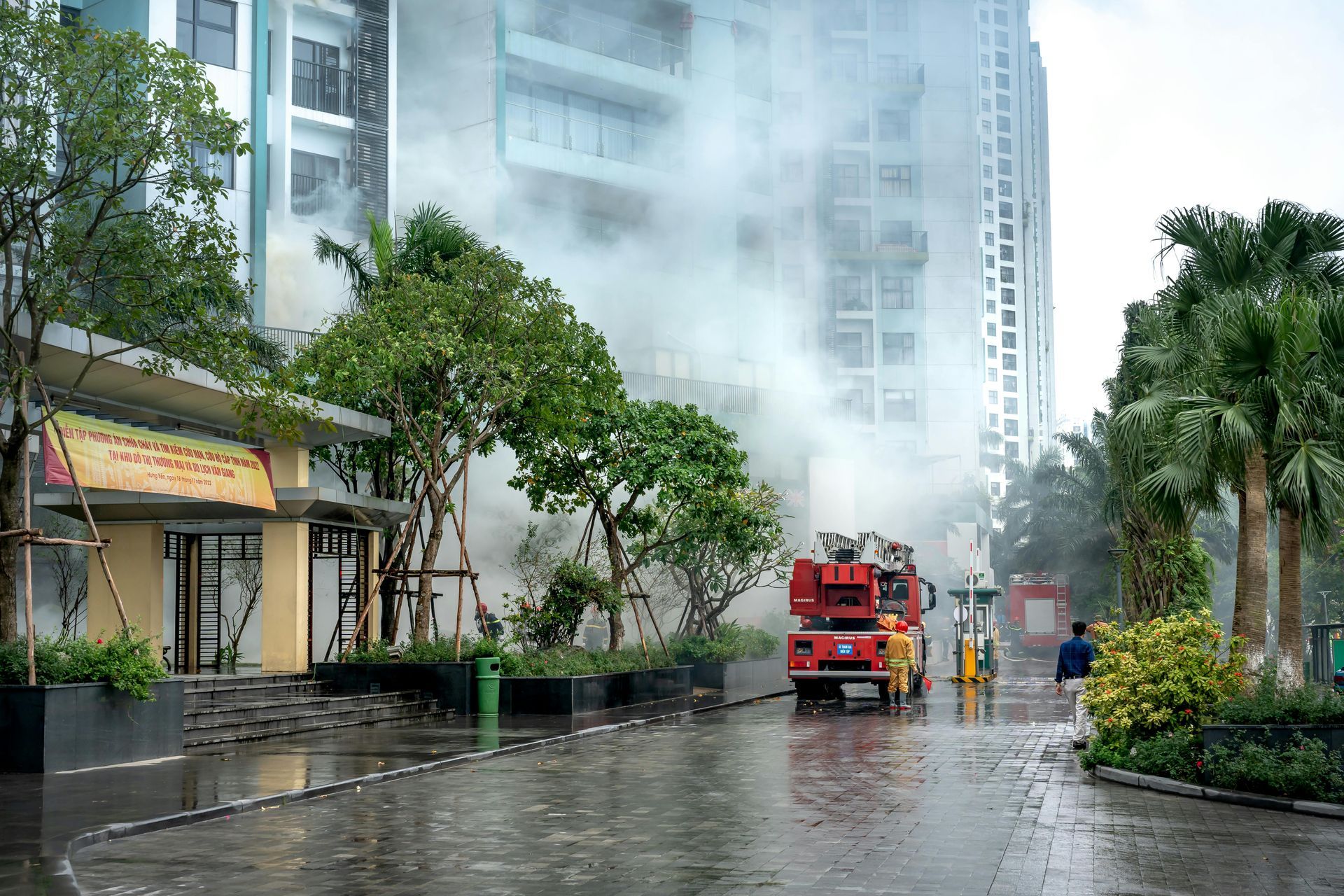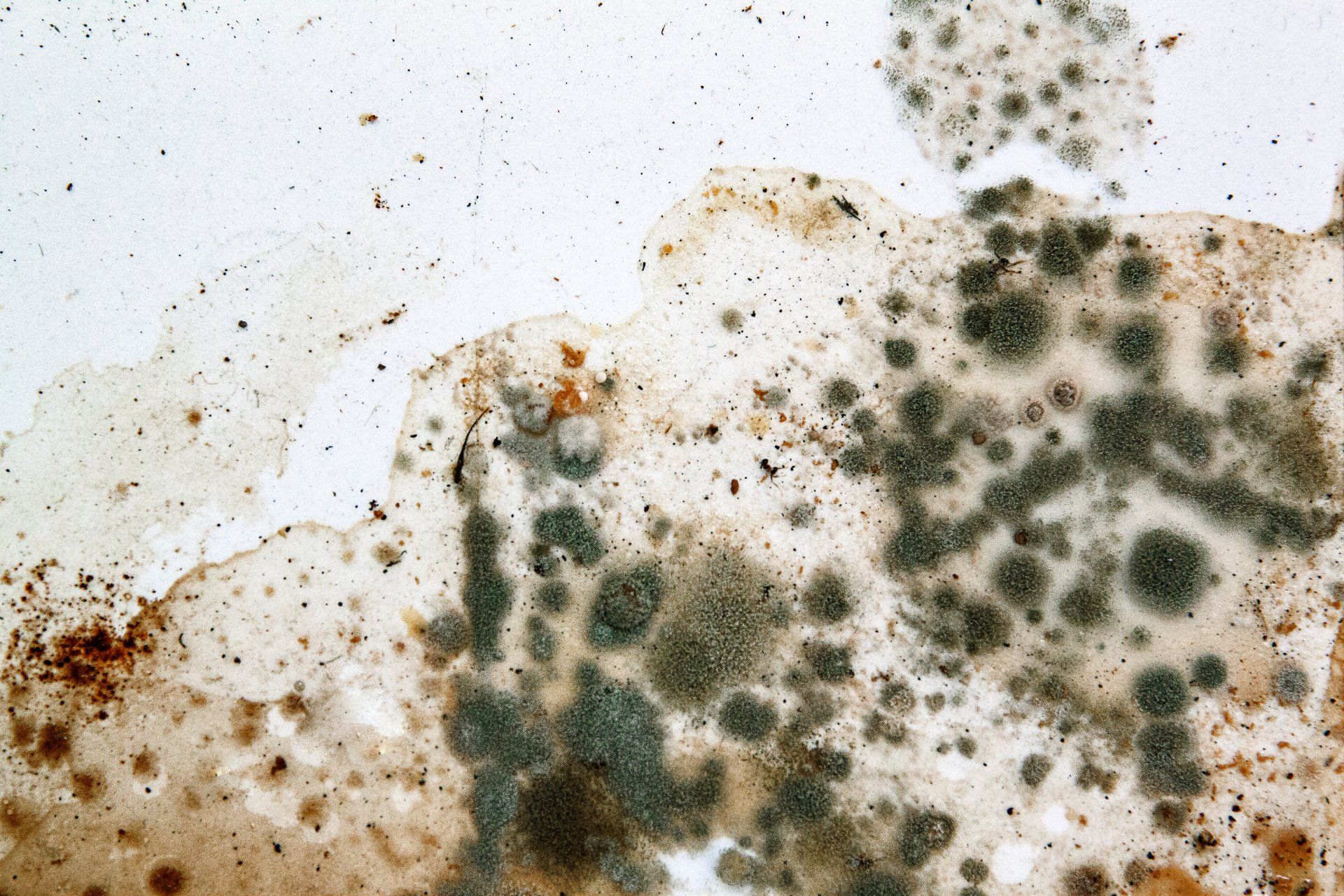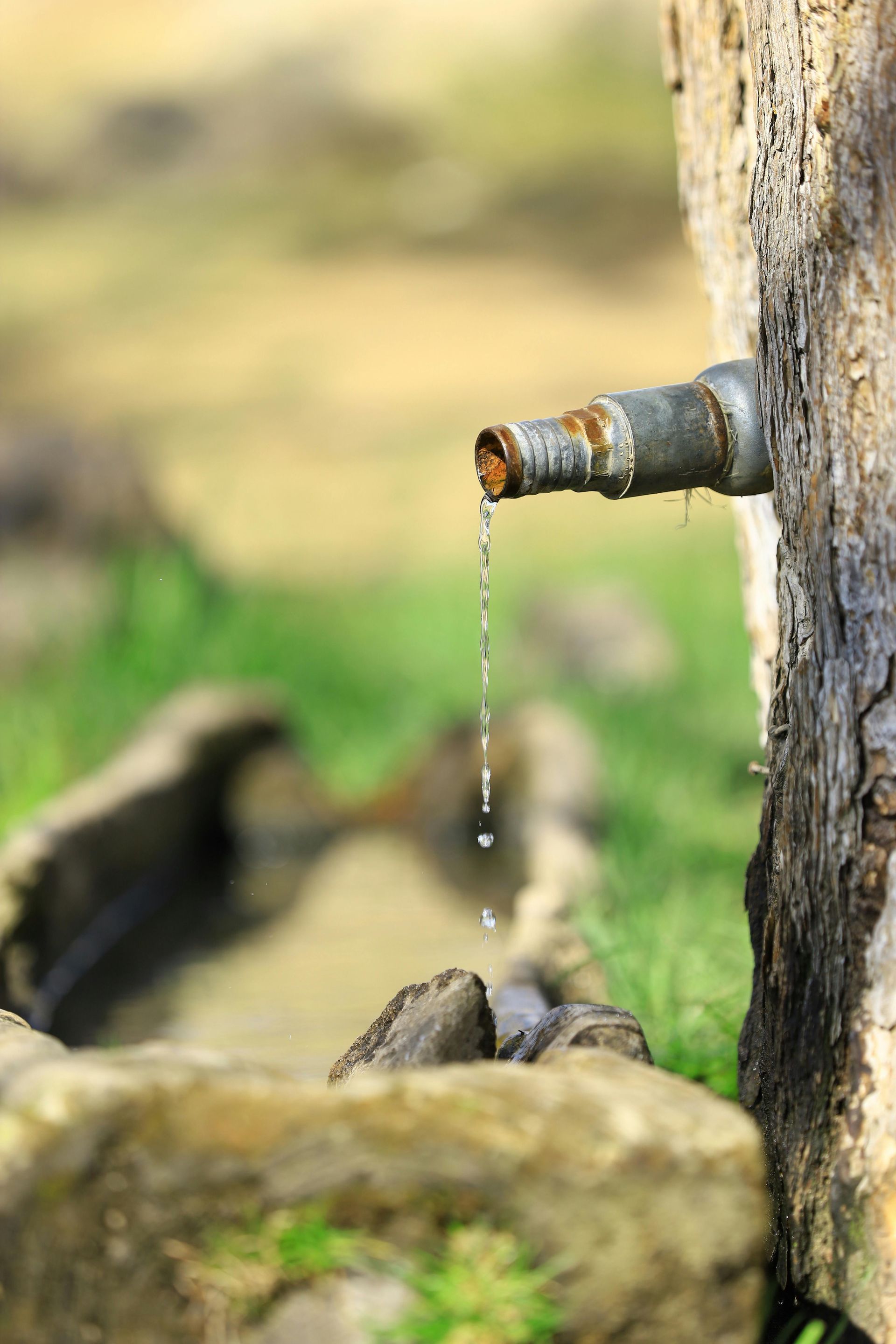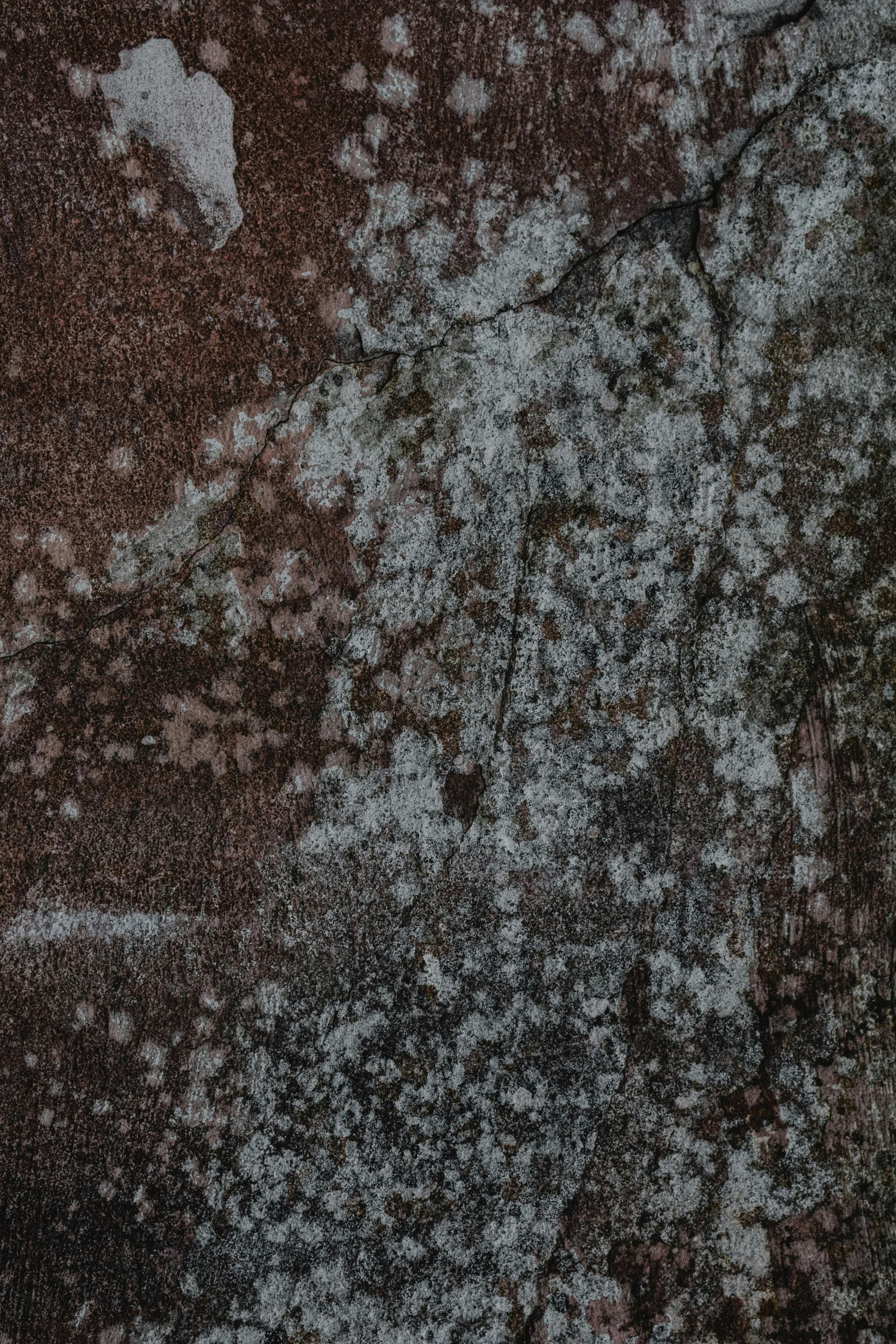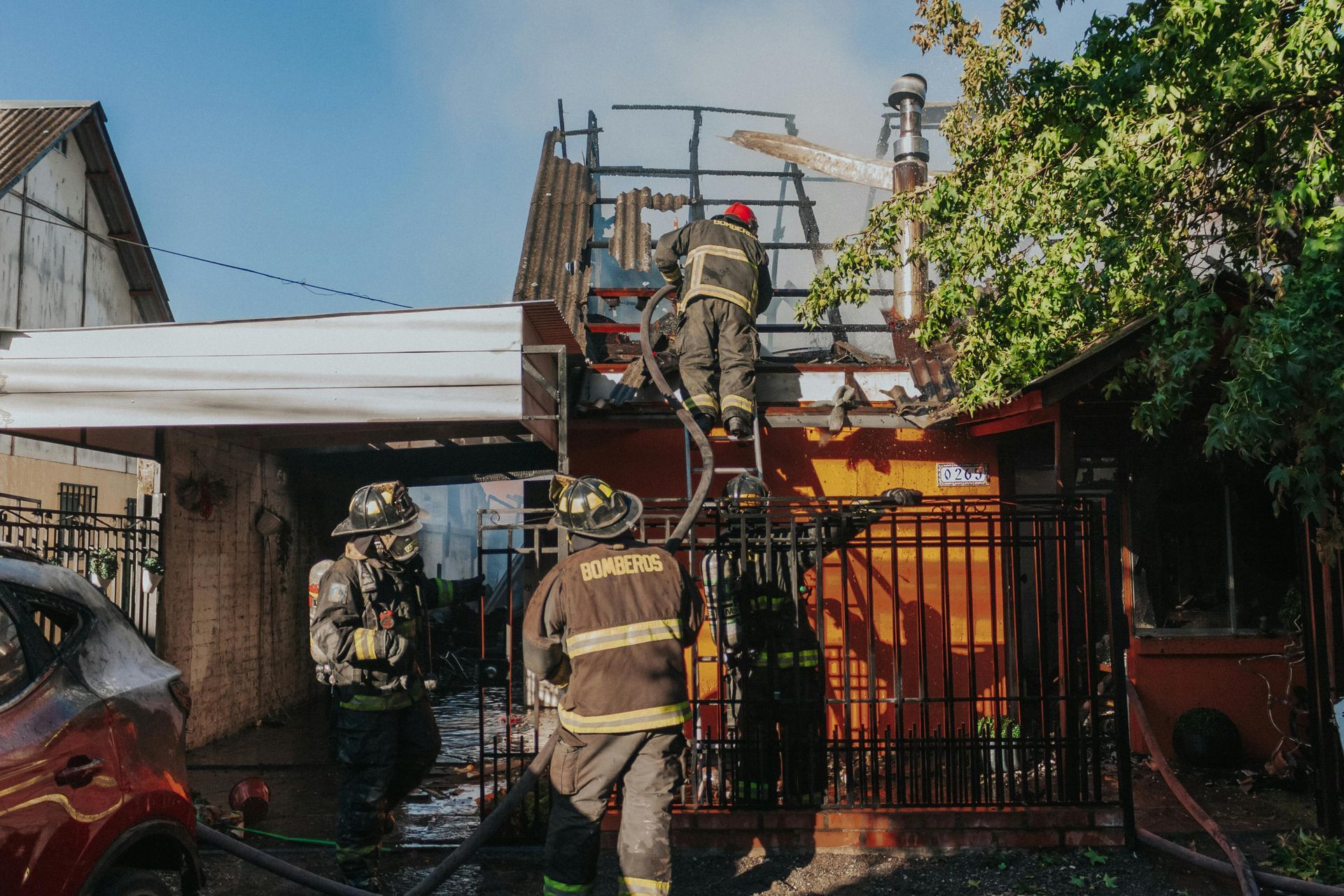The Importance of Quick Water Damage Response
Act Fast: Why Prompt Water Damage Clean-Up is Crucial for Your Home
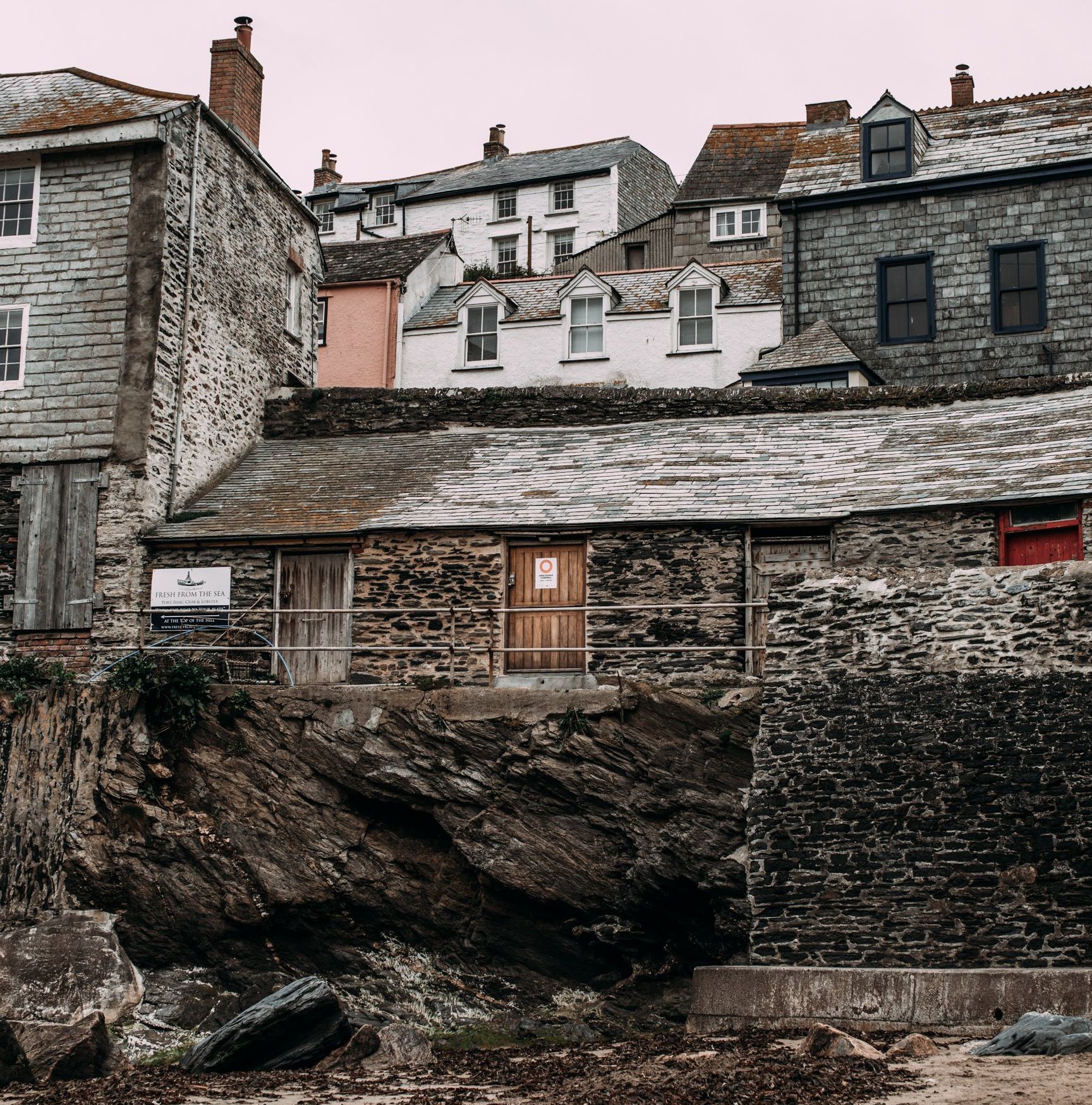
Water damage is one of the most common and potentially destructive problems that homeowners face. It is important to respond quickly and appropriately in order to minimize the potential damage to your home or building and prevent secondary issues from occurring.
In this article, we will be discussing what water damage is, how it impacts homes and buildings, why it's important to respond quickly, and what you can do to help minimize the damage. We will also be providing some tips on how to prevent water damage from occurring in the first place. By understanding these topics, homeowners can take proactive steps to protect their homes and avoid costly repairs in the future.
Causes of Water Damage
Water damage is one of the most common and costly home repair issues faced by homeowners. And it can be caused by a variety of factors, including:
- Leaking or burst pipes: These are some of the most common causes of water damage. Pipe leaks can occur when pipes are corroded or damaged by tree roots, while burst pipes typically happen due to freezing temperatures or excessive pressure. Leaking and bursting pipes can cause a variety of problems, such as mold growth and structural damage to your home.
- Malfunctioning household appliances: From washing machines to dishwashers, malfunctioning household appliances can lead to water damage if not fixed in time. Common issues include clogged drains or hoses that are leaking. Additionally, old water heaters can develop leaks or bursts, resulting in the need for repairs or replacements.
- Plumbing issues: Clogged drains are a common source of water damage, as they can cause sudden and unexpected flooding if not taken care of quickly. Additionally, sewer backups can lead to serious health risks from contaminated water entering your home through the pipes.
- Severe weather events: Heavy rains, flooding, snowmelt, and strong winds can all cause water damage. Older homes are especially vulnerable to these disasters since their roofing and foundations may not be able to withstand the pressure of such extreme weather conditions.
- Roof leaks or damage: Roofs that are aging or improperly installed can develop leaks over time, which can then cause water damage to the rest of your house.
- Foundation cracks or damage: Cracks in your foundation walls are a sure sign of potential water damage, as they allow moisture to seep into the structure from the outside. Additionally, foundation settling may cause uneven areas that can collect and retain water, leading to mold growth and other serious issues.
- Overflowing toilets or bathtubs: Toilets and bathtubs that are not properly maintained can overflow, resulting in water damage to the surrounding area.
- Natural disasters: Hurricanes, earthquakes, tornadoes, and tsunamis can all cause massive amounts of water damage due to flooding and strong winds.
- HVAC issues: If your air conditioning unit is leaking, the resulting water can cause damage to your floors and walls. Additionally, condensation buildup in certain parts of your house can lead to mold growth and other issues.
- Human error: Accidents such as leaving a sink or bathtub running or accidentally hitting a pipe or appliance can all result in water damage as well.
Long-Term Effects of Water Damage
When water damage is not addressed quickly, it can lead to a variety of secondary damages. These can include mold growth, structural damage, electrical issues, health risks, and more.
Mold Growth
Mold growth can be dangerous if not addressed. Mold spores are microscopic and can easily enter the body through inhalation, causing symptoms such as allergic reactions, cough, and respiratory problems. These health risks are especially serious for people with allergies or asthma. Other potential health risks include headaches, skin irritation, sore throats, and eye inflammation. In extreme cases, mold exposure can even lead to fungal infections in the lungs.
Structural Damage
Water damage can have a severe impact on the structural integrity of a building. Walls, floors, and ceilings are all susceptible to long-term water damage when exposed to excessive moisture. If left untreated, walls can become warped and cracked due to the expansion and contraction of drywall materials over time. Floors may develop cupping or buckling if moisture penetrates the subfloor and causes damage to the underlying structure. Thus, moisture damage restoration is needed.
Electrical Issues
Water damage can have a devastating impact on electrical systems in a building. When water comes into contact with electrical systems, it can cause short circuits and spark fires. If these problems aren't addressed immediately, they can lead to larger-scale problems such as blackouts and other power outages that put occupants of the building at risk.
Health Risks
The presence of water damage and mold growth can have significant consequences on the health of occupants within a building. Long-term exposure to these two elements can lead to a range of illnesses, including respiratory issues, skin irritations, headaches, sinus congestion, and fatigue. Prolonged contact with mold spores can also exacerbate existing medical conditions such as asthma.
Decrease in Property Values
Water damage can have a significant impact on the value of a property. Even minor water damage can cause long-term problems such as mold growth, which can decrease the overall value of a home or building. The financial costs associated with water damage repair can also be high. Repairing structural damages caused by water seepage or flooding could cost thousands.
Increased Risk of Future Water Damage
Water damage can cause structural damage to the house, making it more vulnerable to future water-related problems. For example, if moisture gets into the walls and flooring of a home, it can weaken the material and allow for further water seepage down the line. This could lead to mold growth in hidden areas or weakened supports in ceilings.
Unpleasant Odors and Reduced Indoor Air Quality
Water damage can cause a range of problems that generally lead to unpleasant odors and reduced indoor air quality. As water soaks into interior surfaces, it not only provides an ideal environment for the growth of mold and mildew but also causes the deterioration of materials like wood, drywall, and carpeting.
Pest Infestations
Water damage caused by leaks, floods, or other moisture-prone areas can lead to pest infestations. Moisture attracts a variety of insects, rodents, and other pests, such as termites, ants, cockroaches, flies, bedbugs, mice/rats, and more. Certain pests may thrive in damp environments because they need the moisture to survive. And these places may be used as breeding grounds for pests too. For instance, termites and ants require moisture in order to reproduce, while roaches are attracted to areas that are close to water sources, like sinks and bathtubs.
Discoloration and Staining
Water damage is a common problem that can cause discoloration and staining on walls, floors, and ceilings. This can range from light discolorations to dark stains that are difficult to remove. Discoloration caused by water damage can significantly impact the aesthetics of a building. The color of the wall or floor may be permanently altered, making it difficult to match the existing furniture or decor. In addition, staining can be unsightly and draw attention to areas of water damage.
Inefficient Energy Usage
Water damage can have a significant impact on HVAC systems in buildings. When water enters the air ducts, it can cause corrosion and rusting of metal components which reduces their efficiency and increases energy consumption. It also creates an ideal environment for mold growth, leading to poor indoor air quality and numerous health issues. Furthermore, repairs or replacements of parts may be necessary, which can increase costs associated with HVAC systems.
The Importance of an Immediate Response
Water damage can have lasting effects on your home and property, so it's important to respond quickly once you notice the presence of water. In most cases, a fast reaction within 24-48 hours is key in minimizing the overall damage and preventing mold growth.
If left untreated, standing water can cause structural damage, create an ideal environment for mold growth, and contribute to the spread of bacteria and other contaminants.
When it comes to quickly responding to water damage, there are a number of tools and techniques that can be used. Wet vacuums are great for removing large volumes of water from carpets, floors, walls, and other surfaces. Dehumidifiers can be used to dry out the area and help prevent mold growth. Fans can also be used to speed up the drying process. Additionally, air movers can be utilized to circulate air around the affected area, further expediting the drying process.
Working with Water Damage Professionals
When dealing with water damage, it's important to work with a professional who has the right tools and experience to get the job done correctly. Working with a water damage professional can provide many benefits, such as:
- Fast response times - Professionals are able to respond quickly and efficiently to any water emergency. This allows them to start the water extraction process, as well as any other necessary repairs, faster.
- Professional services - Professionals have the experience and knowledge to properly extract excess water, dry out affected areas, assess for mold growth, and make any structural repairs needed. They are also certified in safety protocols that will help keep your family and home safe while they work.
- Prevent further damage - Water damage can quickly spread and become more costly if left untreated. Professionals are able to stop the spread of water before it causes further issues.
When looking for a reliable and reputable water damage professional, be sure to do your research. Ask for referrals from friends and family who have used a professional in the past. You can also review online reviews from other customers to see what experiences they have had with different companies. Lastly, make sure that the professional you choose is certified and insured, as this will help ensure that all of their work is done up to code.
Act Fast – Get In Touch Now!
When it comes to water damage restoration, the most important thing to remember is that immediate response and proper mitigation are key. Waiting too long or attempting to tackle the issue yourself can create serious risks for your property, health, and finances. That's why Sunshine Restoration is here to help with 24/7 emergency services. Our certified technicians are trained in the latest strategies and tools to make sure your property is protected.
Utilize our services today to quickly and safely resolve your water damage problem. Don't wait - call now! With
Sunshine Restoration, you can rest assured that you're receiving the best possible service from experienced professionals who have seen it all. Let us help you get back on track!


